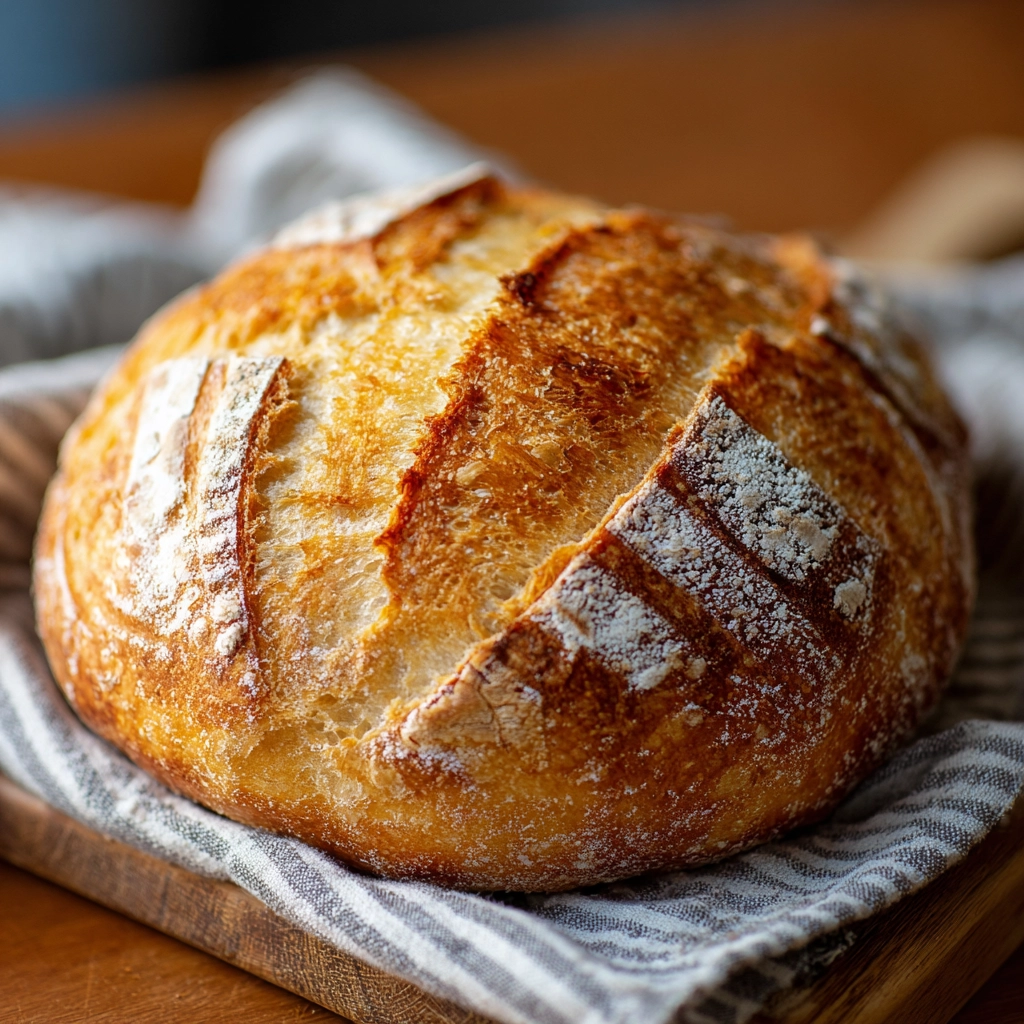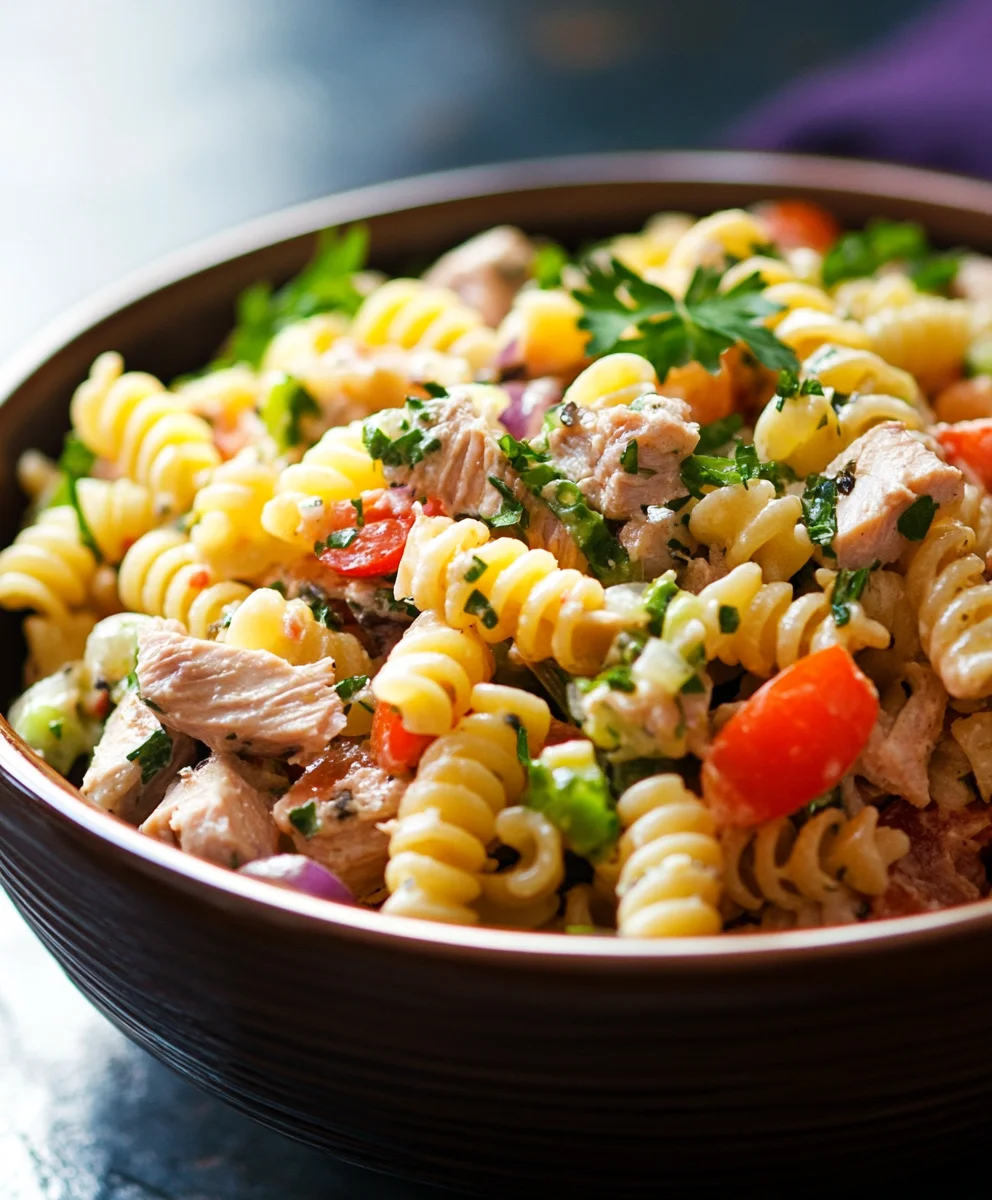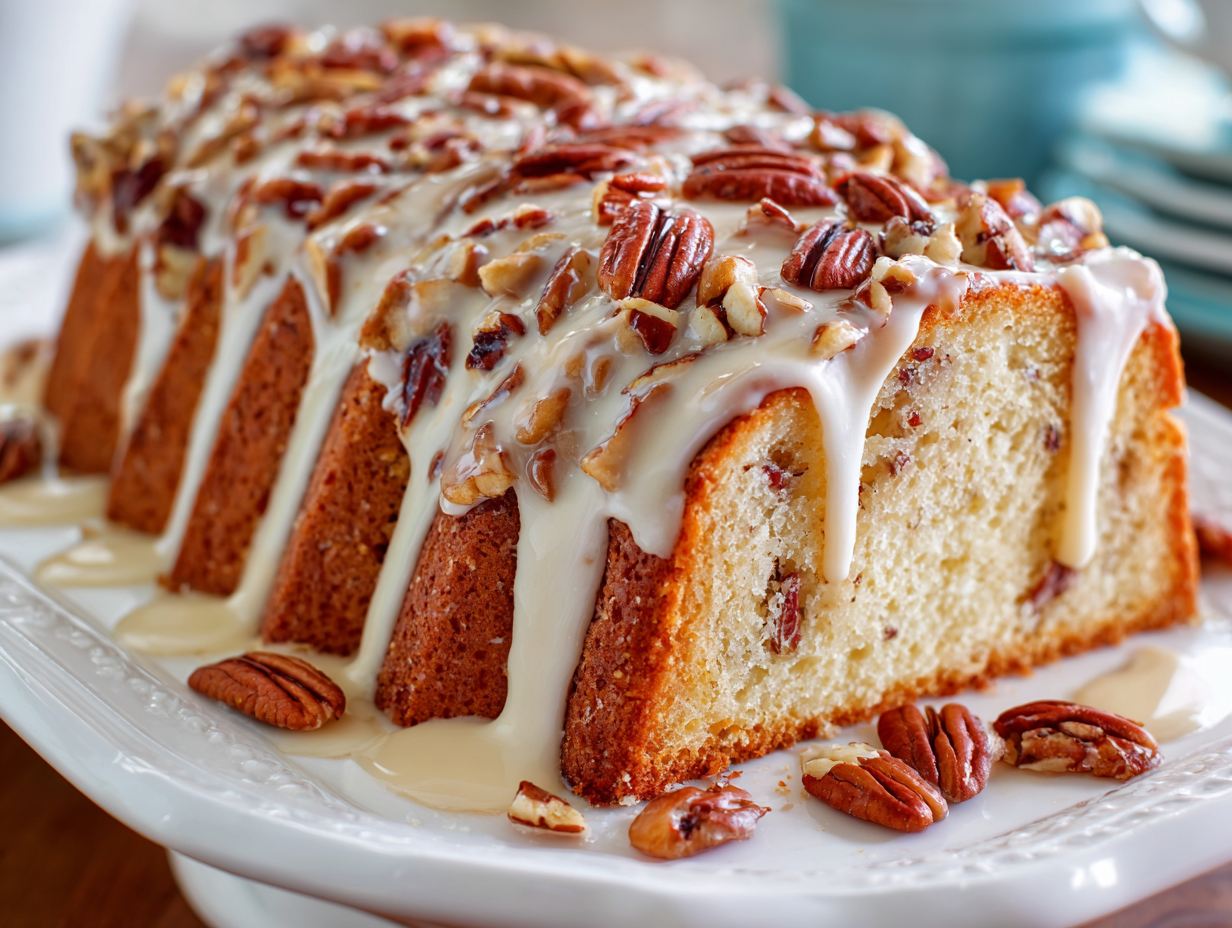Soft and Chewy Sourdough Bread Recipe

Baking sourdough bread at home is one of the most rewarding experiences for any food lover. With its crisp golden crust, airy crumb, and signature tang, sourdough is a bread that feels both rustic and comforting. Unlike commercial breads, this recipe uses a natural starter, which gives it depth of flavor and a chewy texture that is hard to beat.
Making soft and chewy sourdough bread does not need to be intimidating. With the right steps and a little patience, you can create a bakery-style loaf in your own kitchen. This recipe is perfect for beginners and experienced bakers alike, offering a balance of softness inside with that satisfying chew sourdough is known for. Whether you enjoy it with butter, as the base for a sandwich, or simply warm from the oven, this sourdough bread will quickly become a favourite.
Why You Need This Recipe

Sourdough bread is not just about taste, it is about health and tradition too. Unlike regular bread made with commercial yeast, sourdough is naturally fermented, making it easier to digest and gentler on the stomach. The fermentation process also enhances the flavour, giving the bread a subtle tang that makes every bite unique. If you are looking for a bread that is wholesome, flavourful, and nourishing, this recipe is the one you need.
Another reason to love this recipe is its texture. The bread turns out soft and chewy on the inside with a beautifully crisp crust that feels artisan made. It is versatile enough to enjoy with soups, sandwiches, or simply toasted with butter and jam. Once you try baking this at home, you will realize that sourdough is not only better than store-bought bread but also surprisingly simple to make with a little practice.
Ingredients
A few simple ingredients come together to create the soft and chewy sourdough loaf you’ll love.
| Ingredient | Quantity | Calories (approx.) |
|---|---|---|
| Active sourdough starter | 100 g (½ cup) | 80 |
| Bread flour | 500 g (4 cups) | 1,820 |
| Water (lukewarm) | 350 ml (1 ½ cups) | 0 |
| Salt | 10 g (2 tsp) | 0 |
Total Calories (per loaf): ~1,900 – 2,000
(About 120–150 calories per slice depending on thickness)
How to Prepare
Start by feeding your sourdough starter a few hours ahead so it is bubbly and active when you begin. In a large mixing bowl, combine the flour, water, and starter. Mix until no dry flour remains, then cover the bowl and let the dough rest for about 30 minutes. This resting period, called autolyse, helps the flour absorb water and improves gluten development. After the rest, sprinkle in the salt and knead gently until it is fully incorporated.
Next, let the dough rise at room temperature for 4 to 6 hours, performing gentle stretch and folds every 30 to 45 minutes during the first two hours. This strengthens the gluten and gives the bread its chewy texture. Once the dough has doubled in size, transfer it onto a floured surface, shape it into a round loaf, and place it in a floured proofing basket or bowl. Cover and refrigerate overnight for a slow, flavourful fermentation.
When you are ready to bake, preheat your oven to 475°F (245°C) with a Dutch oven inside. Carefully place your dough into the hot Dutch oven, score the top with a sharp blade, and cover with the lid. Bake for 20 minutes covered, then remove the lid and bake for another 20 to 25 minutes until the crust is golden brown. Let the bread cool completely on a wire rack before slicing.
Pro Tips
To get the best results from your sourdough bread, always start with an active and bubbly starter, as this will determine how well your loaf rises. Be patient with fermentation since sourdough develops at its own pace depending on room temperature. The dough should feel slightly sticky, and resisting the urge to add extra flour will reward you with a soft and airy crumb. During the bulk fermentation stage, practice gentle stretch and fold techniques to strengthen the dough without overworking it. When it is time to bake, using a preheated Dutch oven will trap steam and help form that signature golden crust. Finally, allow the bread to cool completely before slicing this step ensures the crumb sets properly and prevents a gummy texture.
Perfect Pairings and Toppings
Soft and chewy sourdough bread is wonderfully versatile, making it the perfect partner for both sweet and savory flavors. For a comforting breakfast, enjoy it toasted with a simple spread of butter, jam, or honey. Its slight tang also pairs beautifully with creamy toppings like avocado, ricotta, or cream cheese. At lunchtime, sourdough makes an excellent base for sandwiches, whether filled with grilled vegetables, deli meats, or melted cheese.
If you prefer savoury pairings, serve slices alongside hearty soups, stews, or a fresh salad. The chewy texture is also perfect for dipping into olive oil with herbs or pairing with a charcuterie board. For a treat, turn leftover slices into garlic bread, croutons, or even French toast. With its balanced flavour and hearty crumb, this sourdough loaf easily elevates any meal of the day.
Conclusion
Making soft and chewy sourdough bread at home is a rewarding process that combines patience, practice, and just a few simple ingredients. Each step, from feeding your starter to baking in a hot Dutch oven, adds to the character and flavor of the loaf. The result is a bread with a tangy depth, golden crust, and tender crumb that feels both rustic and gourmet.
Whether you enjoy it with butter at breakfast, as a base for hearty sandwiches, or paired with your favorite soups and salads, this sourdough bread fits effortlessly into any meal. With time and care, you will not only master the technique but also create a loaf that truly reflects the craft of homemade baking. Once you try it, this recipe will likely become a staple in your kitchen.






